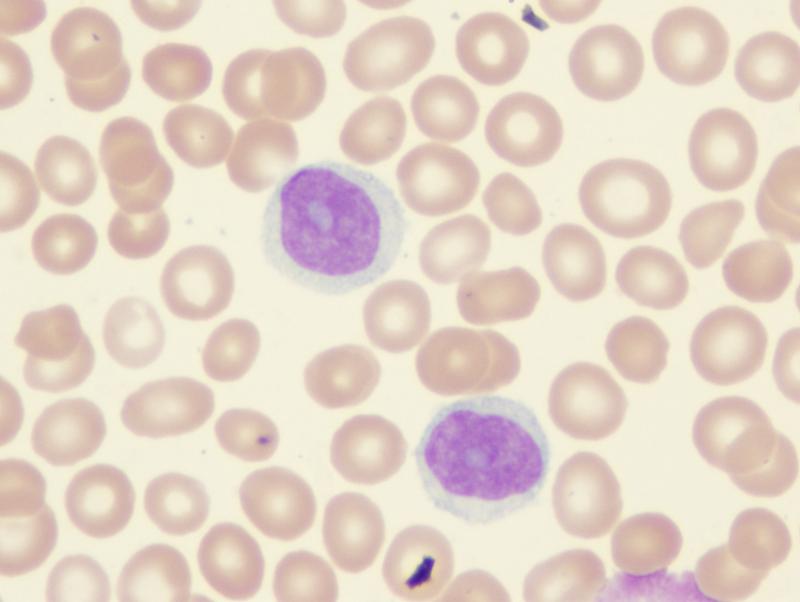
A recent study suggests that the use of high-dose folic acid may predispose parous women, including those with epilepsy, to cancer.
Researchers used data from medical birth registers in Denmark, Norway, and Sweden. They looked at 1,465,785 women with their first pregnancy to examine whether filled prescriptions for high-dose folic acid, considered time-varyingly, were associated with the primary outcome of first malignant cancer diagnosis. A 6-month time lag was applied in the analysis, given that cancer is unlikely to develop immediately.
Of the women, 64,485 (4.4 percent) were exposed to high-dose folic acid. Over 21 years of follow-up, 755 cancer cases were documented in the exposed group as opposed to 18,702 cases in the unexposed group, yielding an incidence rate of 208 vs 164 per 100,000 person-years, respectively.
In multivariable Cox proportional hazard models, high-dose folic acid exposure was associated with a 20-percent increased cancer risk overall compared with nonexposure (adjusted hazard ratio [HR], 1.2, 95 percent confidence interval [CI], 1.1–1.2). This risk was attenuated after the 6-month lag analysis (adjusted HR, 1.1, 95 percent CI, 1.04–1.2).
Further analysis showed a notable association between high-dose folic acid exposure and the risk of non-Hodgkin lymphoma (n=28; adjusted HR, 2.0, 95 percent CI, 1.3–2.9).
The association between high-dose folic acid use and overall cancer risk was observed in the subgroup of women with epilepsy, regardless of antiseizure medication use (adjusted HR, 1.3, 95 percent CI, 1.0–1.8).